The background for your headshot or portrait helps to establish a mood and atmosphere that provides subtle suggestions about you, your work, and your style. To help you decide which background would be best for you, here are a few things to take into consideration:
How Will Your Portrait Be Used Most Often?
Does this photo need to blend into a website, conference poster, online directory, or anything else which requires a standardized look? If so, white or plain colored are backdrops often used to create a consistent look on a website or in a directory of other professionals. If you already have a website that your image needs to be standardized with, it would be good to share the site in advance with your photographer so that they can also choose the appropriate lighting for you and your background. Lighting alone can be used to create a mood and feeling for your portrait, and it's important that this lighting be carefully considered by a professional when using a plain background.
Does this photo need to quickly and clearly communicate something about the person or an experience or feeling that isn't directly apparent otherwise? If so, carefully choosing an environmental background is going to be the fastest method to communicate an intent most clearly to the viewer. Magazines, news publications, and small business websites often benefit most from portraits that provide more context and information about the person in the portrait, so that the image itself can tell a story about a person before any further information is given.
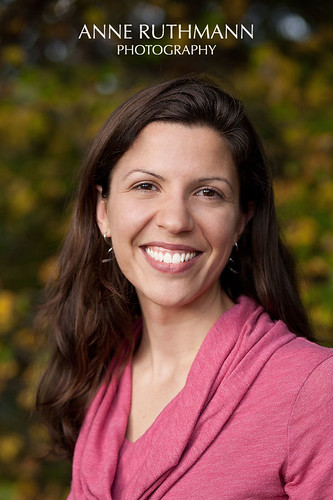
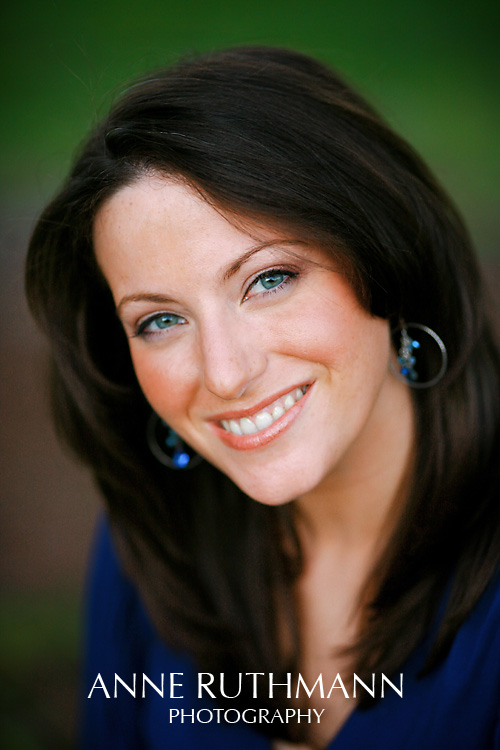
Environmental Background:
Benefits: Environmental portraits can be taken indoors, outdoors, during the day, or at night and help provide a context, situation, or scenario that the viewer can identify with beyond making assumptions from hairstyle and clothing alone. For example, showing a female in a workout outfit on white might suggest a studio yoga instructor to one person or a runner to another, but putting her in the context of a gym with weights will help more clearly identify her as a personal trainer. Seeing a man in a suit on a grey background might suggest a general business person, but when photographed in the context of a courtroom or library can more easily suggest a lawyer. A happy face in an urban environment suggests something different than a happy face in a beach environment. Subtle clues are provided by environmental context that can help a portrait more clearly and easily communicate a role, career, or context for working with someone that cannot be easily achieved with plain backgrounds in the studio, which is why environmental backgrounds are often used in magazine and news contexts. Environmental backgrounds can be found anywhere and allow for a variety of lighting methods.
Drawbacks: Not all environments are ideal for photography and some may produce distracting elements that take the attention off of the portrait if not photographed carefully. It's important to work with an experienced professional who can carefully craft an image in an environment that keeps the attention focused on the portrait itself while still using the background as a true secondary element in the image. This is the easiest type of portrait for many people to take, but the hardest to make look professional if you don't know the subtleties and art of portrait photography.
Where It Shows Up Most: Editorial magazine features, newspaper articles, small business portraits, modeling portfolios, executive portraits, and actor headshots.
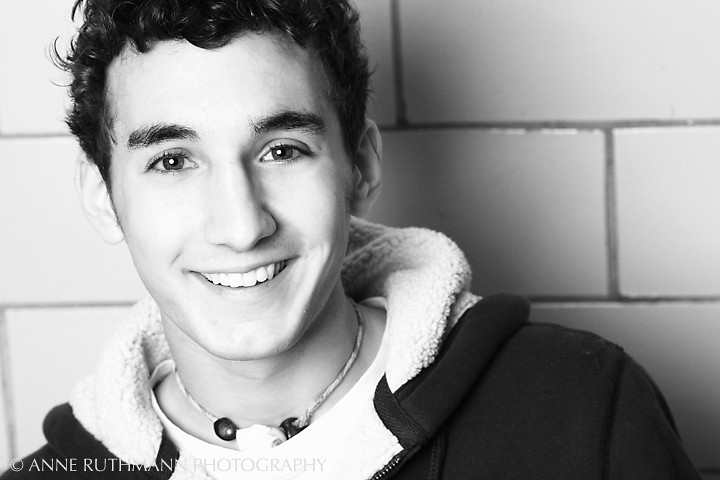

Plain Colored Background:
Benefits: Colored backgrounds can help suggest a mood without suggesting a specific context, and can be used to help highlight and flatter different skin/eye/hair tones in a portrait. Color psychology can be applied to help attract the right audience or generate desired feelings about the person in the portrait. A colored background creates a natural frame around an image that is less likely to blend into the white page of a magazine or online article. A wide variety of lighting techniques can be used to achieve a great portrait against a colored background.
Drawbacks: Colors can often be tied to certain periods of time and may help date the image over time (but this is no more dramatic than hairstyles and clothing). Colors can repel certain people as easily as they attract others. Clothing choices may need to be chosen carefully to avoid blending or clashing with a background color.
Where It Shows Up Most: Fashion advertising, actor headshots, modeling portfolios, small business portraits, corporate headshots, and printed directories.
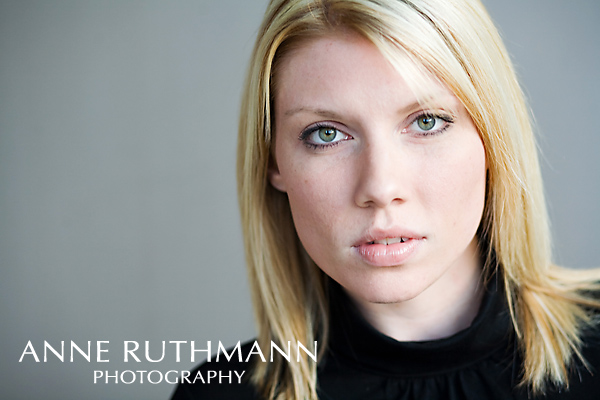

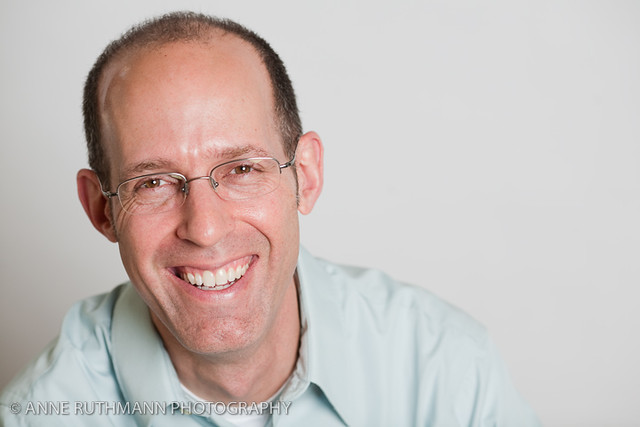
High Key White Background:
Benefits: A completely clean white background can be versatile in many different contexts and helps keep the attention of the image focused completely on the person being photographed. A true white background can create a borderless look when placed on a white page in websites, conference booklets, annual reports, and presentation posters. If used against a dark page or background, the high key white will help the headshot pop off the page by creating a high contrast and brightness point to draw the eye. High key white offers the most consistency when paired with other high key white portraits photographed by different photographers or at different times..
Drawbacks: Portrait may come across as sterile or institutional due to the lack of context. Provides no additional mood or clues for the viewer. May create a surreal "floating head" effect if used the wrong way on a white page. May require additional lighting on location or studio expenses to achieve the high-key look.
Where It Shows Up Most: Stock photography, corporate portraits, and online directories.
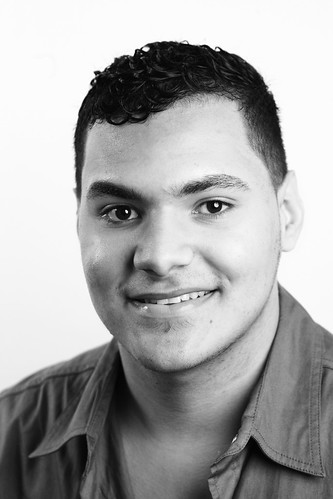
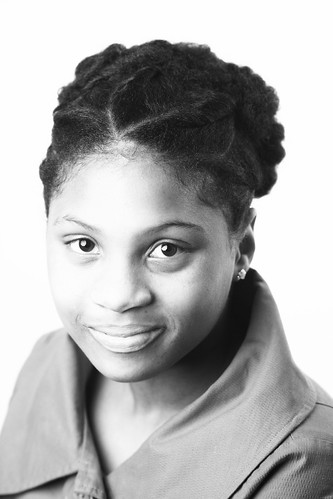
How Will Your Portrait Be Used Most Often?
Does this photo need to blend into a website, conference poster, online directory, or anything else which requires a standardized look? If so, white or plain colored are backdrops often used to create a consistent look on a website or in a directory of other professionals. If you already have a website that your image needs to be standardized with, it would be good to share the site in advance with your photographer so that they can also choose the appropriate lighting for you and your background. Lighting alone can be used to create a mood and feeling for your portrait, and it's important that this lighting be carefully considered by a professional when using a plain background.
Does this photo need to quickly and clearly communicate something about the person or an experience or feeling that isn't directly apparent otherwise? If so, carefully choosing an environmental background is going to be the fastest method to communicate an intent most clearly to the viewer. Magazines, news publications, and small business websites often benefit most from portraits that provide more context and information about the person in the portrait, so that the image itself can tell a story about a person before any further information is given.


Environmental Background:
Benefits: Environmental portraits can be taken indoors, outdoors, during the day, or at night and help provide a context, situation, or scenario that the viewer can identify with beyond making assumptions from hairstyle and clothing alone. For example, showing a female in a workout outfit on white might suggest a studio yoga instructor to one person or a runner to another, but putting her in the context of a gym with weights will help more clearly identify her as a personal trainer. Seeing a man in a suit on a grey background might suggest a general business person, but when photographed in the context of a courtroom or library can more easily suggest a lawyer. A happy face in an urban environment suggests something different than a happy face in a beach environment. Subtle clues are provided by environmental context that can help a portrait more clearly and easily communicate a role, career, or context for working with someone that cannot be easily achieved with plain backgrounds in the studio, which is why environmental backgrounds are often used in magazine and news contexts. Environmental backgrounds can be found anywhere and allow for a variety of lighting methods.
Drawbacks: Not all environments are ideal for photography and some may produce distracting elements that take the attention off of the portrait if not photographed carefully. It's important to work with an experienced professional who can carefully craft an image in an environment that keeps the attention focused on the portrait itself while still using the background as a true secondary element in the image. This is the easiest type of portrait for many people to take, but the hardest to make look professional if you don't know the subtleties and art of portrait photography.
Where It Shows Up Most: Editorial magazine features, newspaper articles, small business portraits, modeling portfolios, executive portraits, and actor headshots.


Plain Colored Background:
Benefits: Colored backgrounds can help suggest a mood without suggesting a specific context, and can be used to help highlight and flatter different skin/eye/hair tones in a portrait. Color psychology can be applied to help attract the right audience or generate desired feelings about the person in the portrait. A colored background creates a natural frame around an image that is less likely to blend into the white page of a magazine or online article. A wide variety of lighting techniques can be used to achieve a great portrait against a colored background.
Drawbacks: Colors can often be tied to certain periods of time and may help date the image over time (but this is no more dramatic than hairstyles and clothing). Colors can repel certain people as easily as they attract others. Clothing choices may need to be chosen carefully to avoid blending or clashing with a background color.
Where It Shows Up Most: Fashion advertising, actor headshots, modeling portfolios, small business portraits, corporate headshots, and printed directories.



High Key White Background:
Benefits: A completely clean white background can be versatile in many different contexts and helps keep the attention of the image focused completely on the person being photographed. A true white background can create a borderless look when placed on a white page in websites, conference booklets, annual reports, and presentation posters. If used against a dark page or background, the high key white will help the headshot pop off the page by creating a high contrast and brightness point to draw the eye. High key white offers the most consistency when paired with other high key white portraits photographed by different photographers or at different times..
Drawbacks: Portrait may come across as sterile or institutional due to the lack of context. Provides no additional mood or clues for the viewer. May create a surreal "floating head" effect if used the wrong way on a white page. May require additional lighting on location or studio expenses to achieve the high-key look.
Where It Shows Up Most: Stock photography, corporate portraits, and online directories.











White is very popular currently for the web, sizes are getting smaller, so clean helps see the face more clearly.
ReplyDelete